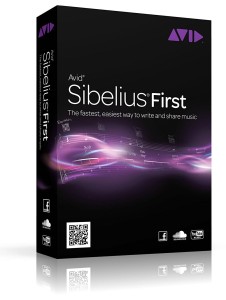Question: “How did you develop the skills to arrange music?”
My history with piano arrangement goes back to when I was only an elementary school child. I began taking piano lessons when I was 10 years old. I was a quick learner, because I am blessed with a lot of musical talent in my family. My grandmother served as a church pianist, organist, and children’s choir director for many years. Meanwhile, my father is a singer-songwriter by profession, and he has been fortunate enough to earn sufficient income that he does not need another job. My grandmother oversaw my piano study, and my father lent his musical ear to me. My parentage and upbringing set the stage for my success.
After I acquired the basic abilities to read sheet music, play with two hands, and utilize chords, I began to toy with figuring out video game songs that I liked. I sat down at my keyboard and tapped notes until the sound resembled something familiar to me. If I wanted to check my accuracy, I actually turned the video game on, entered the appropriate screen, and left the game on as I sat and played notes along with the music. This was a time when the Internet was not widely accessible, and YouTube did not exist.
 In particular, some of my earliest experiments were songs from the Banjo-Kazooie and Banjo-Tooie soundtracks. Those were among my favorite video games when I was younger, and I still love them to this day. Among the songs that I attempted were Mayahem Temple, Terrydactyland, and Hailfire Peaks.
In particular, some of my earliest experiments were songs from the Banjo-Kazooie and Banjo-Tooie soundtracks. Those were among my favorite video games when I was younger, and I still love them to this day. Among the songs that I attempted were Mayahem Temple, Terrydactyland, and Hailfire Peaks.
Later, when I was in high school, I achieved an advanced level of piano-playing ability. I continued to experiment with arrangement, and some of my projects included Simple and Clean (also known as Hikari), Dearly Beloved, and Hollow Bastion from Kingdom Hearts. However, my ability to arrange music required further development, as those attempts contained some inaccuracies and sounded somewhat plain compared to the actual compositions. 
I experienced a growth in my arrangement ability when I was a sophomore in college. That was when I downloaded a 30-day free trial of Sibelius First. I soon discovered that inputting the notes into a program and hearing them played back greatly assisted my arrangement process. Additionally, it allowed me to see “empty” spaces (such as rests or long holds) that could be filled with embellishments. Thus, many more possibilities opened up for my arrangements. With the assistance of Sibelius First, I eventually completed my first piece of sheet music.
After that, I continued to train my ear to listen for underlying harmonies and chords that many people often miss. This, for me, is the most difficult aspect of arrangement—yet it absolutely cannot be ignored or overlooked. To leave out those harmony notes is to sacrifice the song’s beauty.
In essence, my ability for music arrangement boils down to 10+ years of hard work, patience, and perseverance.



You must be logged in to post a comment.